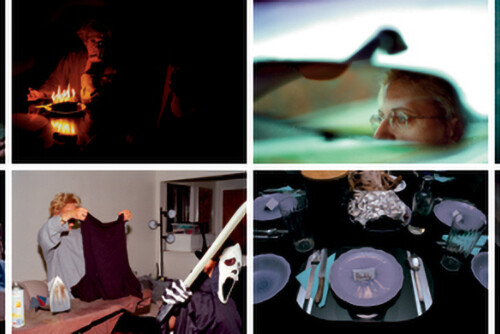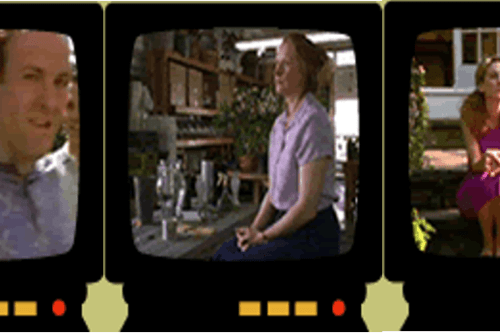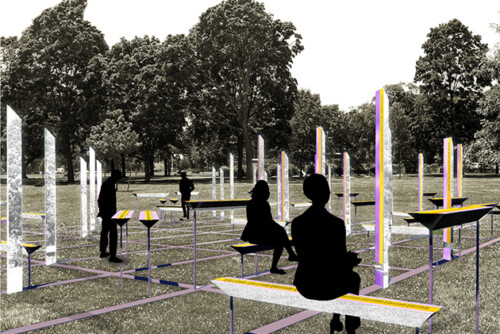The personal stories, professional narratives, pictures, and scholarly analyses conveyed in this issue offer a perspective and foundation not typically found in academic journals. The authors are women who have had firsthand experiences and been on the front lines in criminal justice processing and programming. They provide a look into the world of children and families affected by incarceration, as witnessed by women who have been working for years to make the family aspects of incarceration an important and visible component of public policies and social programs. Their stories, backgrounds, and talents are unique, as are their contributions to this volume.
The writing is direct and sometimes sobering in presenting the problems that parents and their children face, as well as the barriers to healthy families posed by bureaucratic and arbitrary social policies and administrative practices. Just as important, the chapters tell the stories of resilient families; provide real world examples of programs and services that help fathers, mothers and children; and describe institutional efforts that have been launched to bring about social reform and change.
Part 1, “Making Children Visible: Telling Stories, Safeguarding Rights”, focuses on children’s stories and children’s rights. Nell Bernstein places children’s needs and experiences within a policy context. She outlines fundamental policy changes that can be implemented to protect and support children from the time of a parent’s arrest to his or her release from prison and return home. Carrie Levy, Venezia Michalsen and Megan Sullivan address children’s experiences with a father’s incarceration. Levy depicts that experience in family photos journaling her father’s absence and return home from prison. Sullivan’s interview with noted author asha bandele centers on bandele’s experiences in communicating with her imprisoned husband, first as a spouse and later as the mother of a young child. In Clarissa’s Disappointment, Sullivan tells the story of a nine-year-old girl who is coping with her father’s return home from prison. Michalsen’s booklist provides resources that parents and professionals can use to help children and families who are dealing with parental incarceration. The Bill of Rights for Children of Incarcerated Parents, produced by the San Francisco Children of Incarcerated Parents Project, outlines a set of goals to assure children’s safety, security and well-being when their parents violate the law.
Part 2,”Assessing the Problem: Essays and Recommendations”, provides data and personal reflections on the nature and scope of the impact of incarceration on children and families. Stacey Bouchet provides statistical data on parents in prison and their children, describes barriers to the maintenance of family connections during incarceration, and offers policy and program recommendations for change. Michalsen’s study of one hundred formerly incarcerated women concludes that while mothers’ love for and attachment to their children is strong, much more is needed to protect children and assure their safety and well-being. Dee Ann Newell reflects on the bureaucratic challenges she faced in providing services to imprisoned women who were pregnant or had recently given birth. The landmark policy recommendations presented by Newell and Ann Adalist-Estrin are drawn from the Council on State Governments’ report and support those presented by both Bouchet and Bernstein.
Part 3, “Best Practices: Sampling Programs and Practices that Work”, describes programs and services that are currently being offered to serve parents and children affected by incarceration. Denise Johnston provides an overview of problems that are often attributed to children whose parents are involved with the law. She attributes many of these problems to other forces, such as poverty and parental substance use. The articles by Johnston and Angie Vachio describe family strengthening programs and practices that serve parents both while they are in prison and when they return home. Johnston’s photos of mothers in prison and their children highlight the significance of programs for parents. They also serve as a reminder of the human side of criminal justice processing, and as a compelling end note for this issue of The Scholar & Feminist Online.



